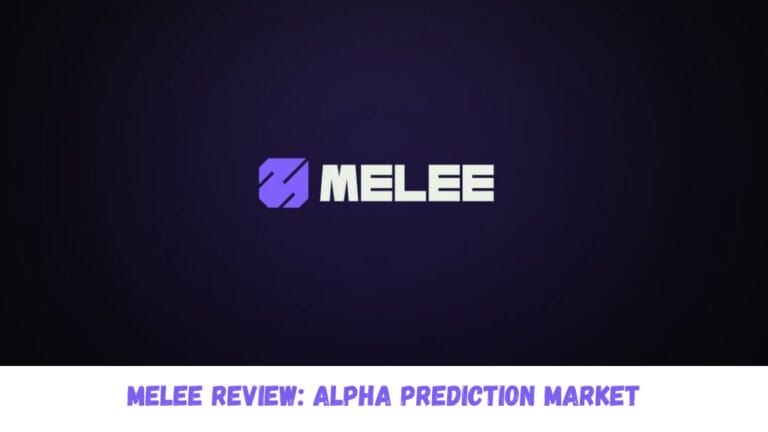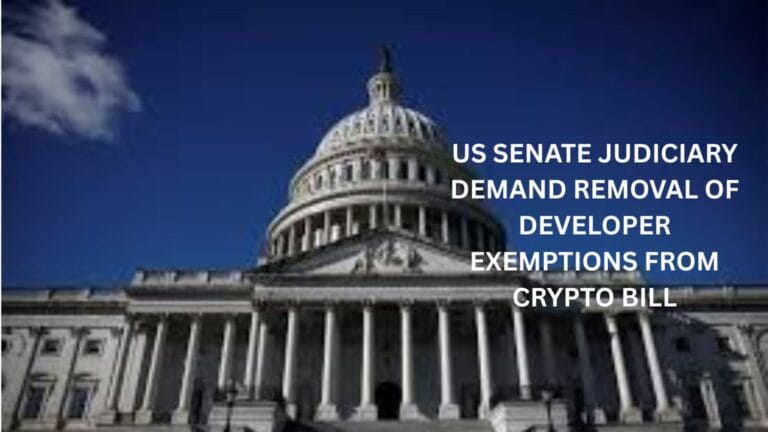Key takeaways:
- The World Federation of Exchanges believes that crypto-asset trading platforms can contribute more to society and the “real” economy.
- The introduction of distributed ledger technology (DLT) into the TradFi exchanges the WFE represents caused the organization some concern.
The World Federation of Exchanges (WFE) believes that crypto-asset trading platforms (CTPs) can contribute more to society and the “real” economy.
In a document published on September 28, it made some direct comments regarding CTPs and offered advice to regulators. According to the WFE, CTPs should embrace some regulation as a way to increase the attractiveness of their markets.
It offered six guidelines for controlling CTPs. The first of these was function segregation to prevent trading against consumers, a grievance frequently made by Gary Gensler, chairman of the Securities and Exchange Commission (SEC) of the United States. According to the trade group, CTPs shouldn’t refer to themselves as exchanges unless they fulfill these requirements.
The introduction of distributed ledger technology (DLT) into the TradFi exchanges the WFE represents caused the organization some concern. The document also recommended that regulators take into account the following:
“If you make it impossible for regulated institutions to run services in crypto assets, you effectively chase this business out of the institutions who know how to run it properly, and into the shadows, where it may be run by new entrants with limited experience.”
According to the WFE, FTX went through a “classic financial services collapse” unrelated to the cryptocurrency market. Additionally, it spoke extensively on decentralized finance (DeFi).
The WFE is eager to point out that the distinctions between DeFi platforms and traditional and centralized financing (TradFi and CeFi) are hazier than most people realize.
They contend that every platform that serves as a hub for consumers and sellers unintentionally centralizes itself.
And this isn’t just a question of philosophy; the Ethereum Merge, Ethereum’s much-awaited transformation, was unquestionably planned by a small, centralized team.
The WFE supported the IOSCO Principles for Secondary and Other exchanges to increase standards on the crypto exchanges and praised the Financial Action Task Force’s attempts to extend Know Your Customer requirements, or the so-called “travel rule,” to crypto.
The IOSCO Principles for Secondary and Other Markets and this “travel rule” are only two further steps in the process of simplifying the cryptocurrency markets to match those of their more established equivalents.
Nevertheless, the WFE’s most striking argument revolves around how DLT is being incorporated into TradFi exchanges.
They contend that driving regulated, established companies away from the cryptocurrency market will only help to force this expanding industry into the unexplored territory of inexperienced entrants, effectively casting lengthy shadows over the industry’s potential.
The World Federation of Exchanges is essentially not there to restrict the development of CTPs. Quite the opposite. Their brash declarations act as a road map and a signpost, directing people to the high ideals the crypto community should strive for.










